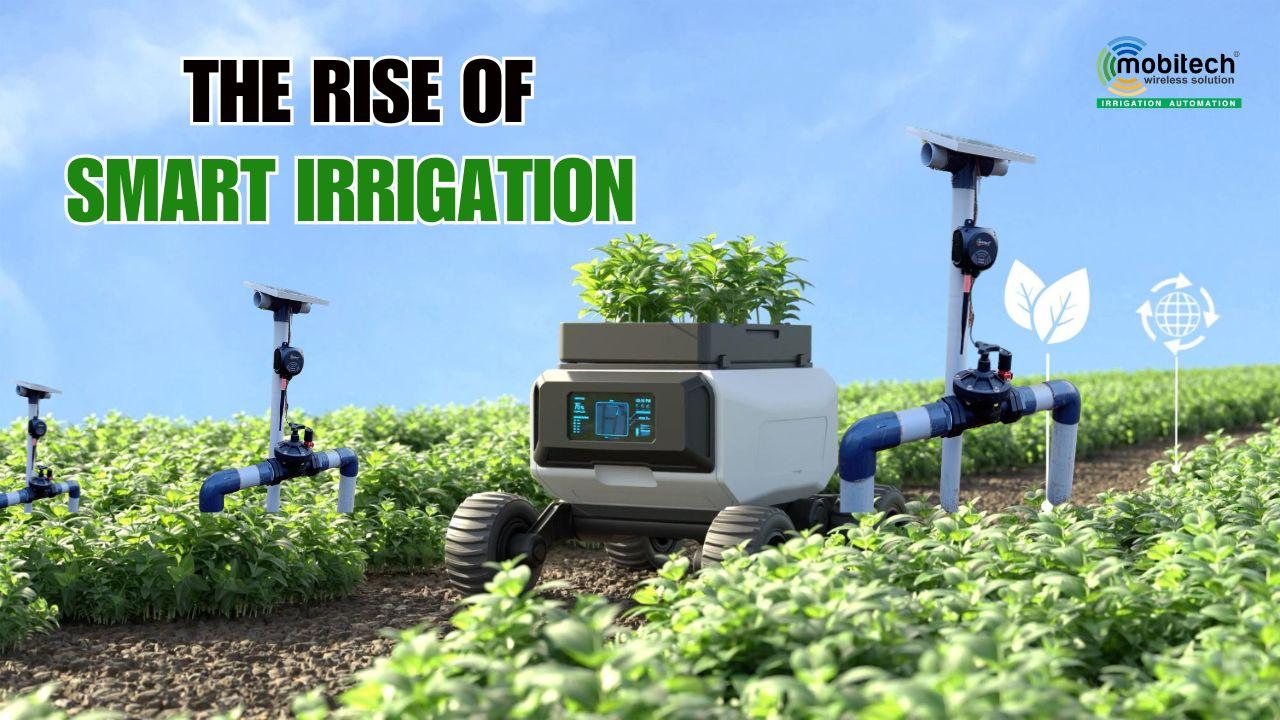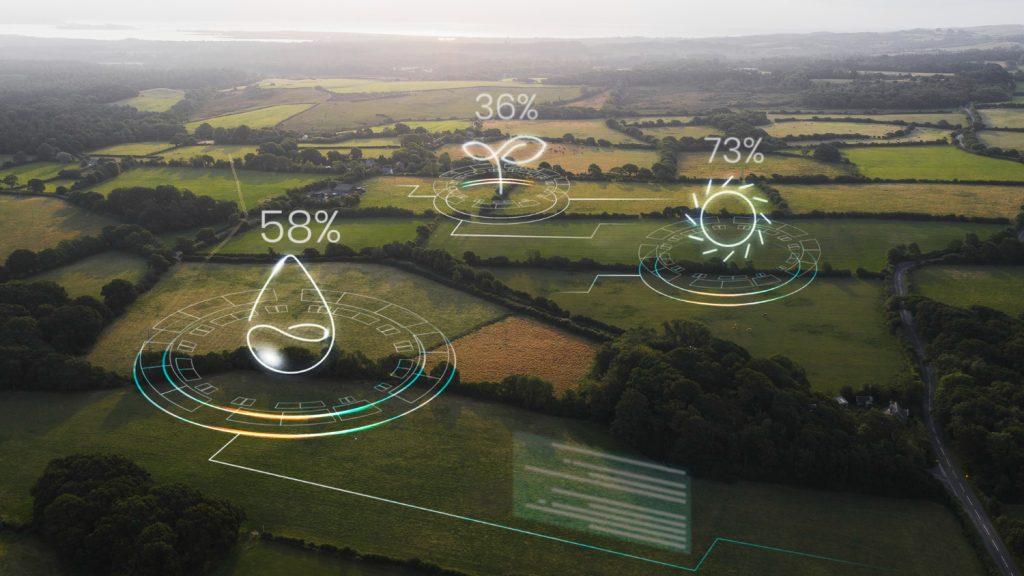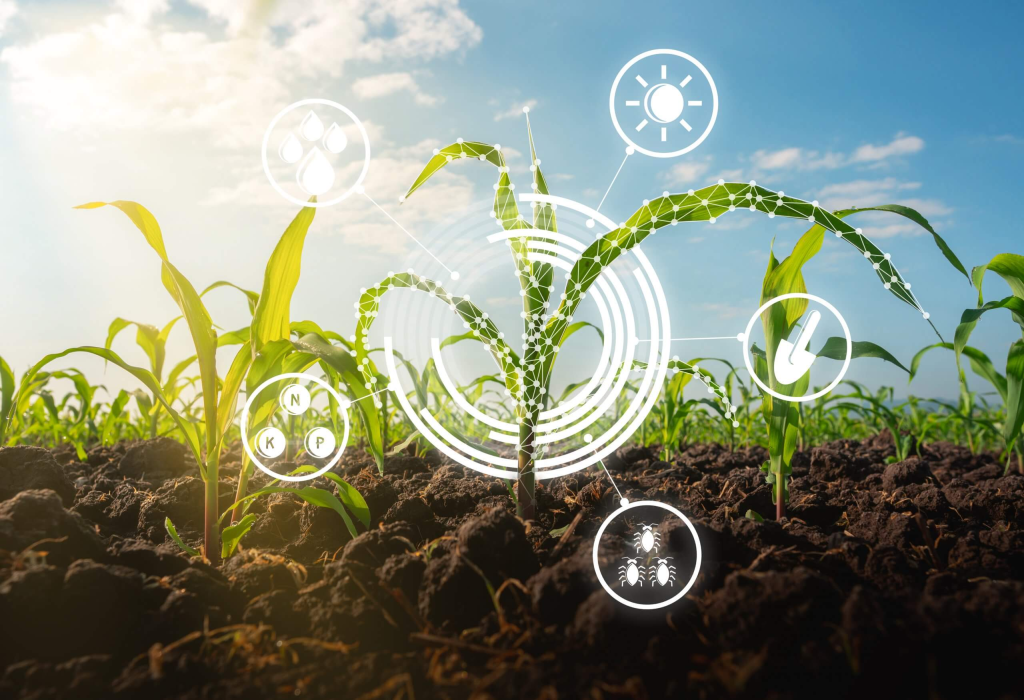
As the world faces increasing challenges from climate change and water scarcity, agriculture must adapt to ensure sustainable food production. One of the most promising solutions is smart irrigation, which leverages advanced technologies to optimize water use in farming. This blog explores the benefits, market size, scope, and future growth of smart irrigation, particularly in India. We will also delve into the extent of agricultural zones in India and the adoption rates of micro and smart irrigation systems.

Benefits of Smart Irrigation
- Water Conservation: Smart irrigation systems use sensors and weather data to deliver the precise amount of water needed by crops. This reduces water wastage and ensures that every drop is used efficiently.
- Improved Crop Yields: By providing optimal watering conditions, smart irrigation helps in maintaining the health of crops, leading to higher yields and better quality produce.
- Cost Savings: Farmers can significantly reduce their water and energy bills. Additionally, the reduction in labor costs due to automation further enhances profitability.
- Environmental Protection: Reduced water usage lessens the strain on local water resources and minimizes runoff, which can carry fertilizers and pesticides into nearby water bodies, thereby protecting the environment.
- Data-Driven Farming: Smart irrigation systems often come with integrated data analytics, providing farmers with valuable insights into their operations. This data can help in making informed decisions, improving overall farm management.

Market Size and Scope
The global smart irrigation market is experiencing robust growth, driven by increasing awareness of water scarcity issues and the need for sustainable agricultural practices. According to market research, the global smart irrigation market was valued at approximately $1.2 billion in 2020 and is projected to reach $2.5 billion by 2025, growing at a CAGR of 15%.
In India, the smart irrigation market is still in its nascent stage but is rapidly gaining traction. The government’s push towards digital agriculture and the increasing adoption of Internet of Things (IoT) technologies in farming are key drivers. The Indian market is expected to grow significantly, with numerous startups and established players investing in smart irrigation solutions.

Future Growth Prospects
The future of smart irrigation looks promising, with several factors contributing to its growth:
- Technological Advancements: Innovations in IoT, AI, and machine learning are enhancing the efficiency and capabilities of smart irrigation systems.
- Government Initiatives: Policies and subsidies aimed at promoting sustainable agriculture and water conservation are encouraging the adoption of smart irrigation.
- Awareness and Education: Increased awareness among farmers about the benefits of smart irrigation and the availability of training programs are driving adoption.
- Integration with Other Technologies: The integration of smart irrigation with other precision farming technologies, such as drones and satellite imagery, is further boosting its effectiveness and appeal.

Adoption of Micro and Smart Irrigation in India
Micro irrigation, which includes drip and sprinkler systems, is a crucial component of water-efficient farming in India. According to the Ministry of Agriculture and Farmers Welfare, as of recent estimates, around 11 million hectares of agricultural land in India are under micro irrigation.
Smart irrigation, being a more advanced and tech-driven approach, is still in the early stages of adoption. However, its potential is enormous, given India’s agricultural diversity and the growing need for sustainable practices. Current estimates suggest that only a fraction of the micro-irrigated land has transitioned to smart irrigation systems. However, with increasing awareness and government support, this number is expected to rise significantly in the coming years.

Conclusion
Smart irrigation is poised to revolutionize agriculture by making it more sustainable, efficient, and profitable. While the technology is still gaining ground in India, the benefits it offers make it a compelling choice for the future of farming. As awareness and adoption grow, smart irrigation could become a cornerstone of India’s agricultural strategy, ensuring food security and environmental sustainability for generations to come.



Very good article about Smart farming
This is such a timely article! With water scarcity becoming a major issue, smart irrigation seems like the perfect solution for sustainable farming. I'm curious about the cost of implementing these systems for small farmers.
Great insights! The integration of data analytics in farming is fascinating. It’s amazing how technology can improve crop yields and reduce costs at the same time.
Interesting point about environmental protection. Reducing runoff is crucial for preserving local ecosystems. Smart irrigation is definitely a step in the right direction.
Sir please show the price
Sir
Please reach us at +919943430000